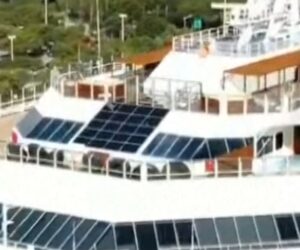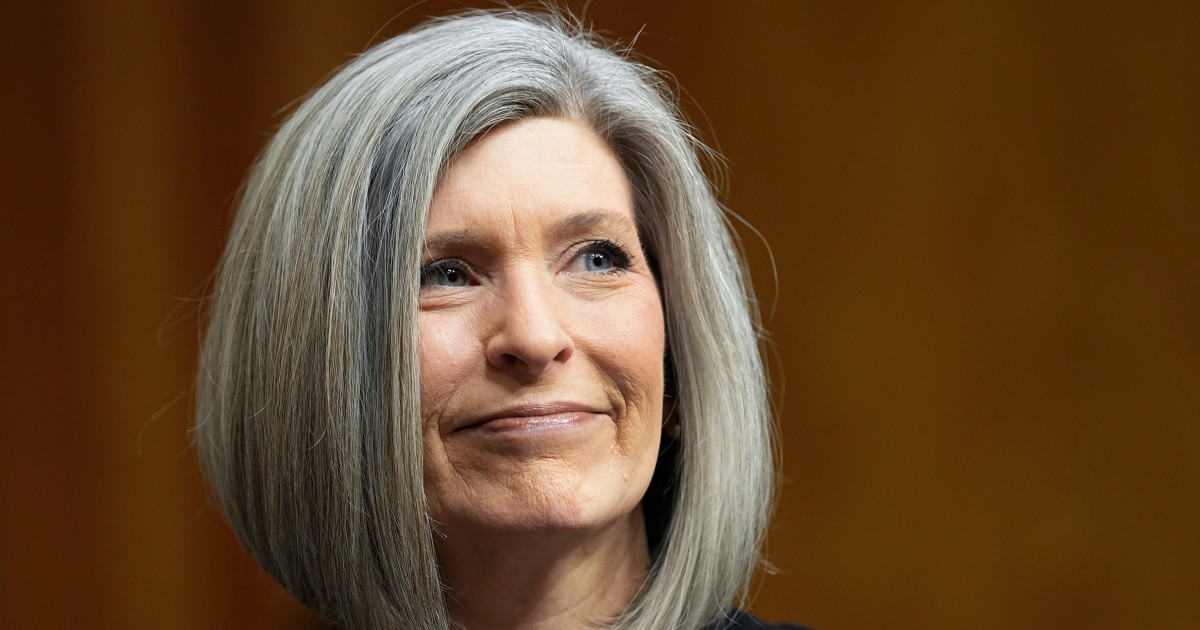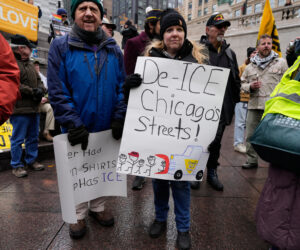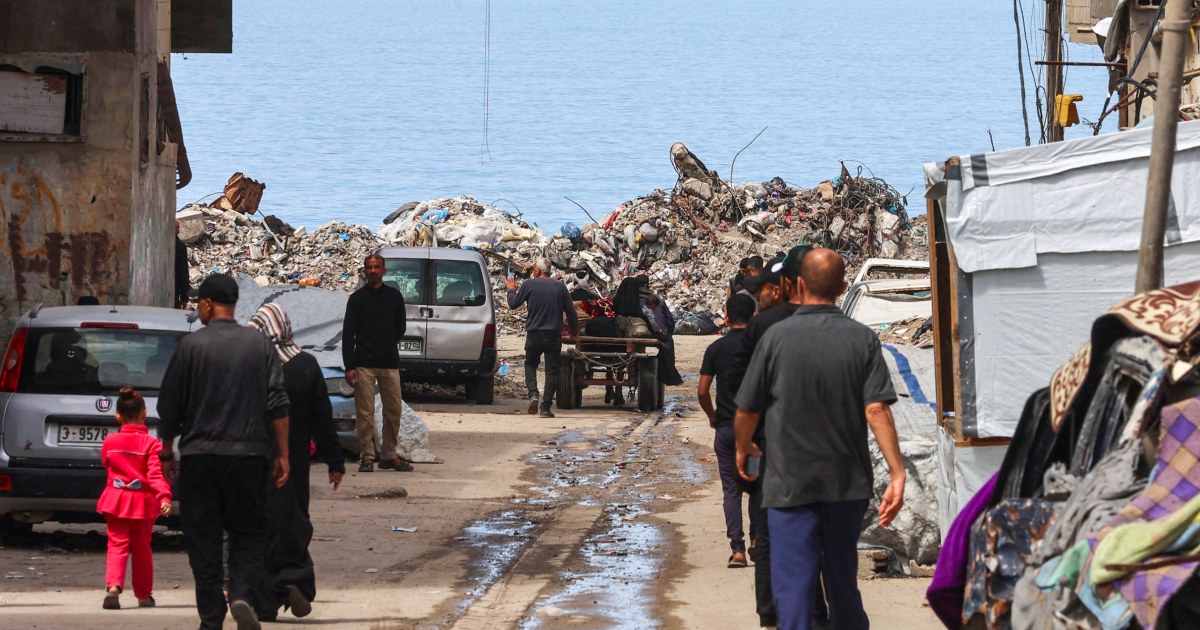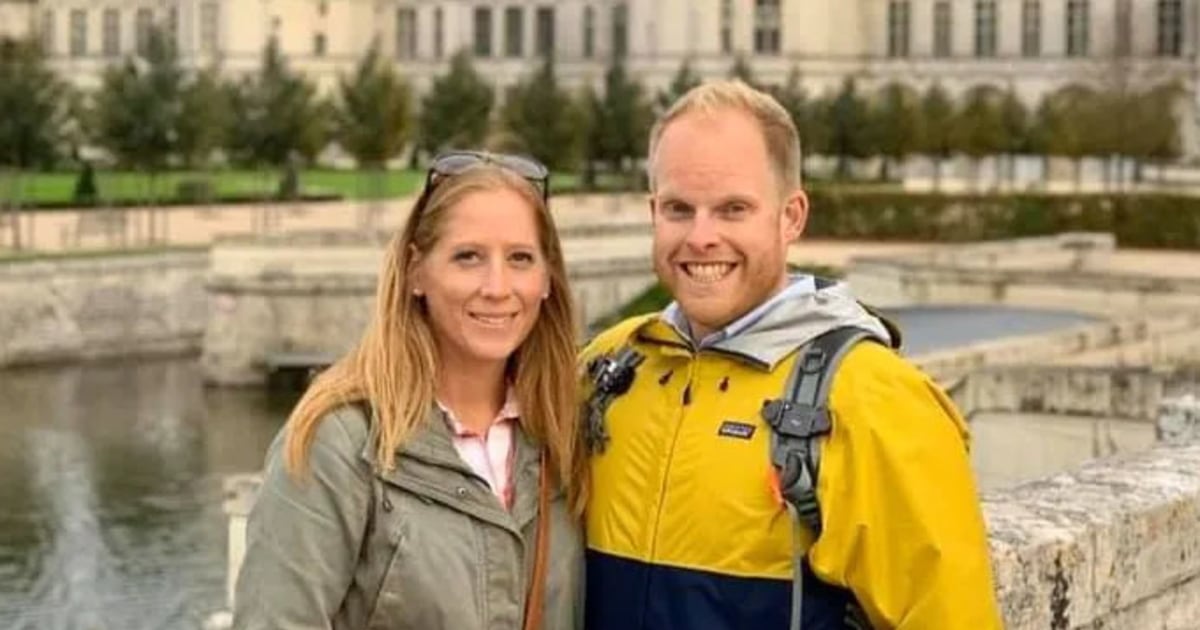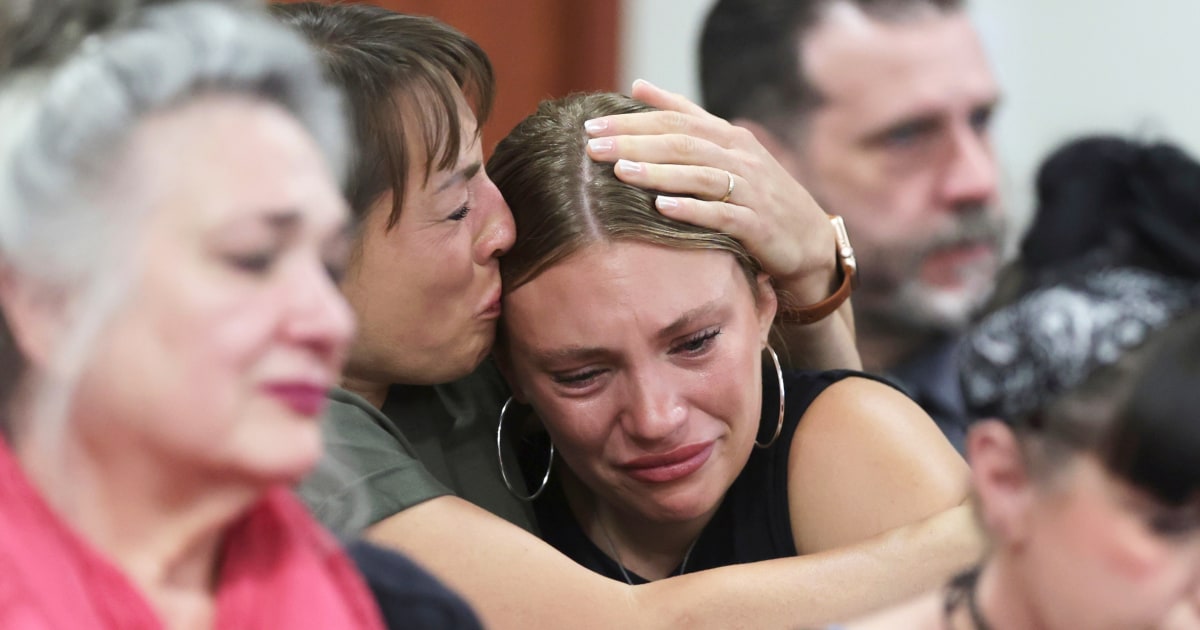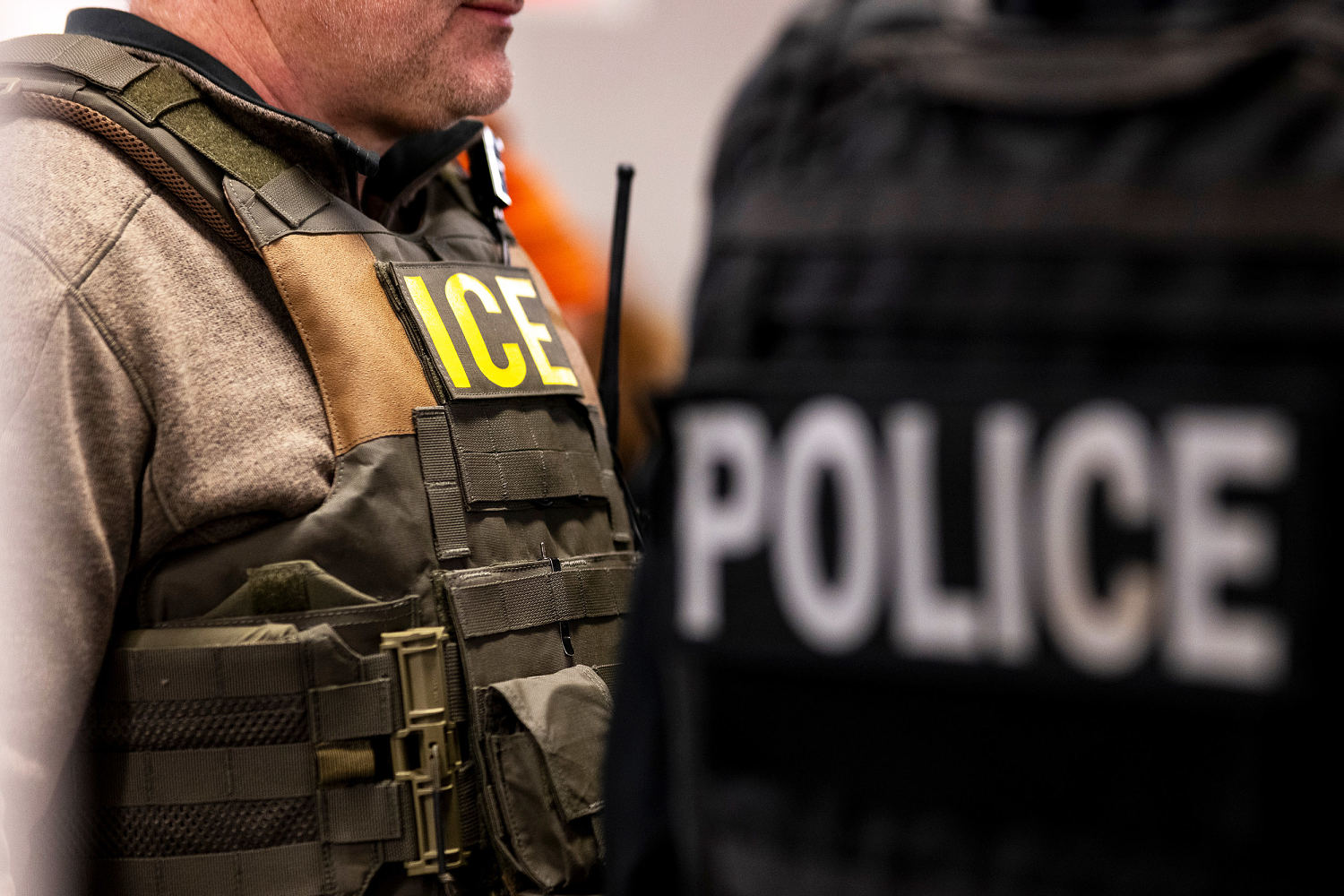
LOS ANGELES — Immigration officials have been repeatedly spotted outside a Hollywood homeless shelter since May, leading staff to accompany residents from war-torn countries to work, errands and court.
An executive at the shelter that serves people ages 18 to 24 said she saw two Venezuelan men handcuffed and arrested by ICE agents after they returned to the shelter from work.
“There was no conversation,” said the employee, Lailanie, who asked that her last name not be used because she feared retribution from Immigration and Customs Enforcement.
She said about half a dozen immigration officers went up to the residents “and put their hands behind their backs right away.”
Homeless shelters appear to be another target in the Trump administration’s ongoing immigration crackdown, which has resulted in nearly 3,000 arrests in the Los Angeles area. They now join Home Depots, 7-Elevens and cannabis farms as locations where the federal government is carrying out its mass deportation effort.
In addition to the Hollywood shelter, service providers have reported seeing immigration enforcement at shelters in North Hollywood and San Diego, according to local media.
Immigration officials did not respond to an email asking if homeless shelters are being targeted as part of enforcement efforts.
With more than than 72,300 unhoused people, Los Angeles County is the epicenter of the nation’s homelessness crisis. How many of them are immigrants is unknown because the federally mandated annual count does not include citizenship questions.
The encounter at the Hollywood shelter took place a few weeks before President Donald Trump ordered the National Guard and U.S. Marines to the region in response to large-scale protests against his deportation efforts.
Service providers in Los Angeles said the stepped-up enforcement effort has made their work more difficult because their clients are consumed by fears of deportation.
Donald Whitehead Jr., executive director of the National Coalition for the Homeless, said the aggressive operation “puts a target” on the backs of homeless immigrants.
“It villainizes them,” he said.
At another shelter, The People Concern in downtown Los Angeles, fewer clients are stopping by to use showers and other public facilities because they are afraid ICE agents will show up, said CEO John Maceri.
He said even U.S. citizens at its permanent housing facility in the San Fernando Valley are hesitant to go outside because they are afraid they will be stopped and questioned by ICE.
“Frankly, anybody who’s dark-skinned, Black and brown people, but particularly dark-skinned brown people, don’t want to go out,” Maceri said. “They don’t want to go to the grocery store. A few of them are missing work. They’re really scared. This fear factor is really taking effect.”
The highest concentrations of ICE arrests in Los Angeles have occurred in the predominantly Latino neighborhoods of the San Fernando Valley, according to the nonprofit Coalition for Humane Immigrant Rights, or CHIRLA.
U.S. Sen. Alex Padilla, who is from the San Fernando Valley and was himself handcuffed by federal agents last month at a news conference by Homeland Security Secretary Kristi Noem, said the numbers reflect a strategy by the Trump administration to target vulnerable communities, not just the violent criminals he promised to arrest during his campaign.
“This is an administration who proudly changed policy to pursue these enforcement actions in workplaces, in schools, including elementary schools, and houses of worship,” he said. “If they were only focusing on dangerous, violent criminals, you’re not going to find them at schools and churches and homeless camps.”
A map released Tuesday by CHIRLA showed that 471 of the 2,800 arrests made by the Department of Homeland Security from June 6 to July 20 occurred in predominantly Latino neighborhoods in the San Fernando Valley. It did not specify how many of the arrestees were homeless people.
CHIRLA President Angelica Salas said the data highlighted “racial profiling” by federal officials, who have denied targeting people based on their skin color.
“What makes someone a target of ICE is if they are illegally in the U.S. — NOT their skin color, race, or ethnicity,” DHS said in a recent statement.
On Thursday, Trump signed an executive order that encourages cities to remove homeless people from their streets. Whitehead said the order could trigger more arrests of homeless people and further heighten their fears.
At the homeless shelter where the two Venezuelan men were arrested, residents remain on high alert, Lailanie said. Immigrants are now accompanied to work, errands and court appointments by staff in unmarked cars without the organization’s logo.
Officials at the shelter requested that its name not be used out of fear of retribution by the Trump administration.
The Venezuelans, who are 20 and 22 years old, barely speak English and had been living at the shelter for a few weeks before they were arrested, she said.
They had not been there long enough to be paired with immigration lawyers, she said. The 22-year-old was deported, and employees have been unable to locate the younger man, she said.
Since the arrests, staff members have witnessed at least three immigration stakeouts around the facility, two shelter employees said.
On one occasion, a uniformed officer asked to use a bathroom inside the center. A maintenance worker allowed him to enter because he didn’t know what else to do, the two employees said.
Staffers have also seen unmarked black SUVs parked near the center and in the parking lot.
Most recently, an asylum-seeker from the Democratic Republic of Congo who had been living at the shelter was arrested after reporting to immigration court, according to two people who work at the shelter.
The employees said that before his arrest, he had difficulty applying for jobs because he wore an ankle monitor, which was given to him when he presented himself to immigration officials.
Confused, he went to immigration court and asked officials to remove the monitor, the two employees said, but he was arrested instead. He was taken to the High Desert Detention Center in Adelanto, California, while his lawyer pleaded his asylum case, which is still pending, according to Lailanie.
He fears being returned to central Africa, where his father was killed, she said.
“People are scared and people are hurting, but people are also compelled to continue to do the work and do the right thing and try to fight for the right thing,” she said.


